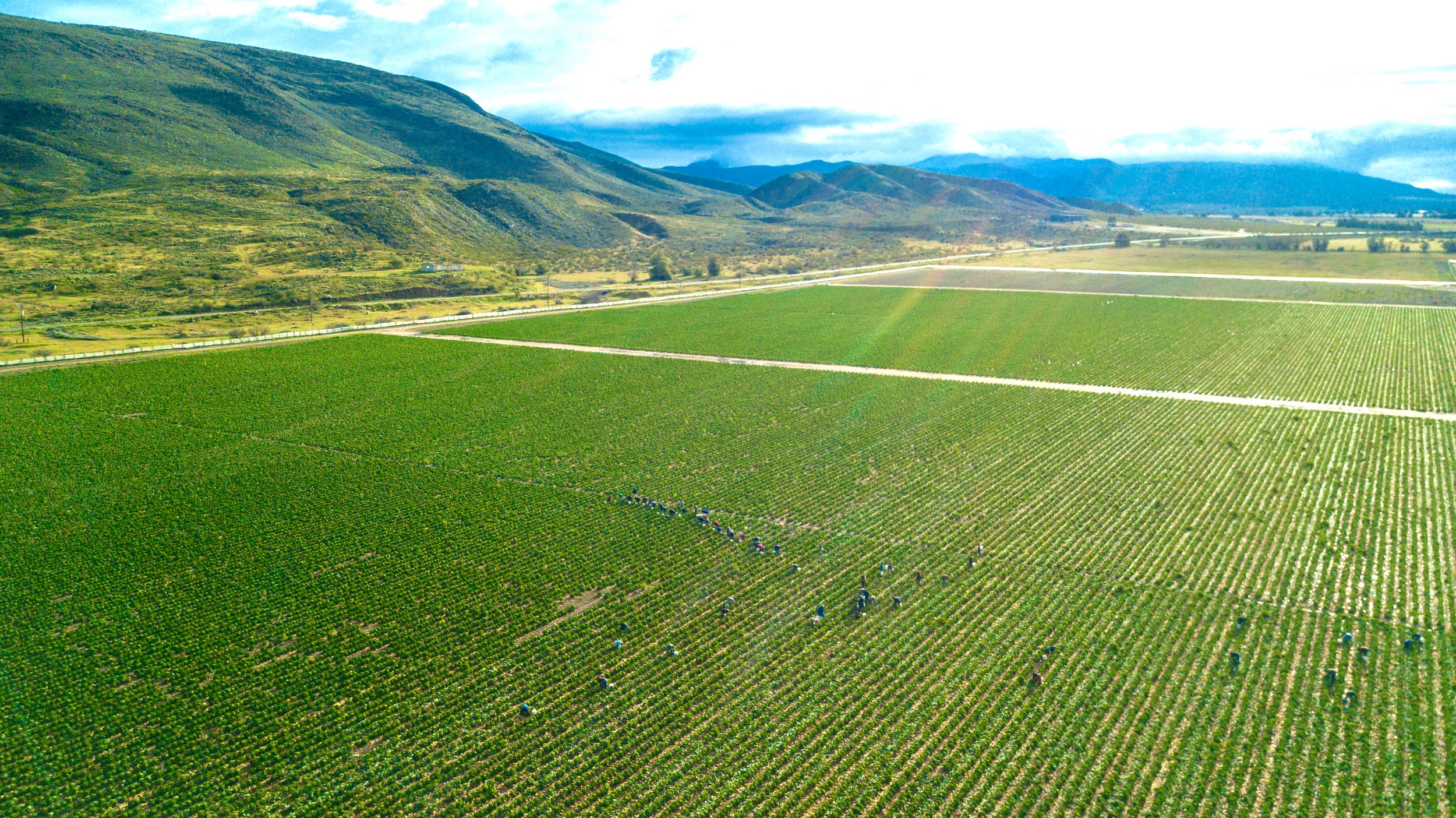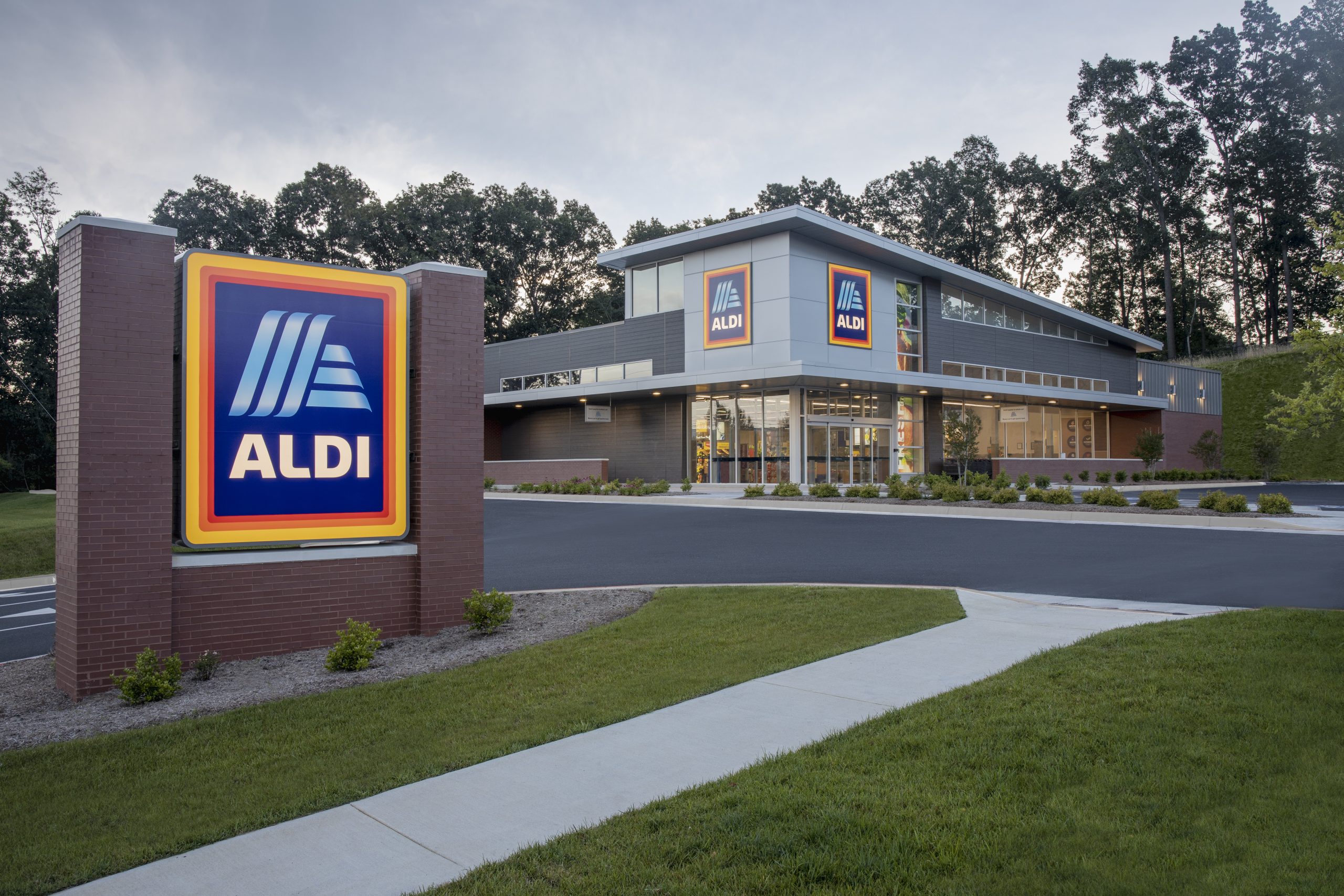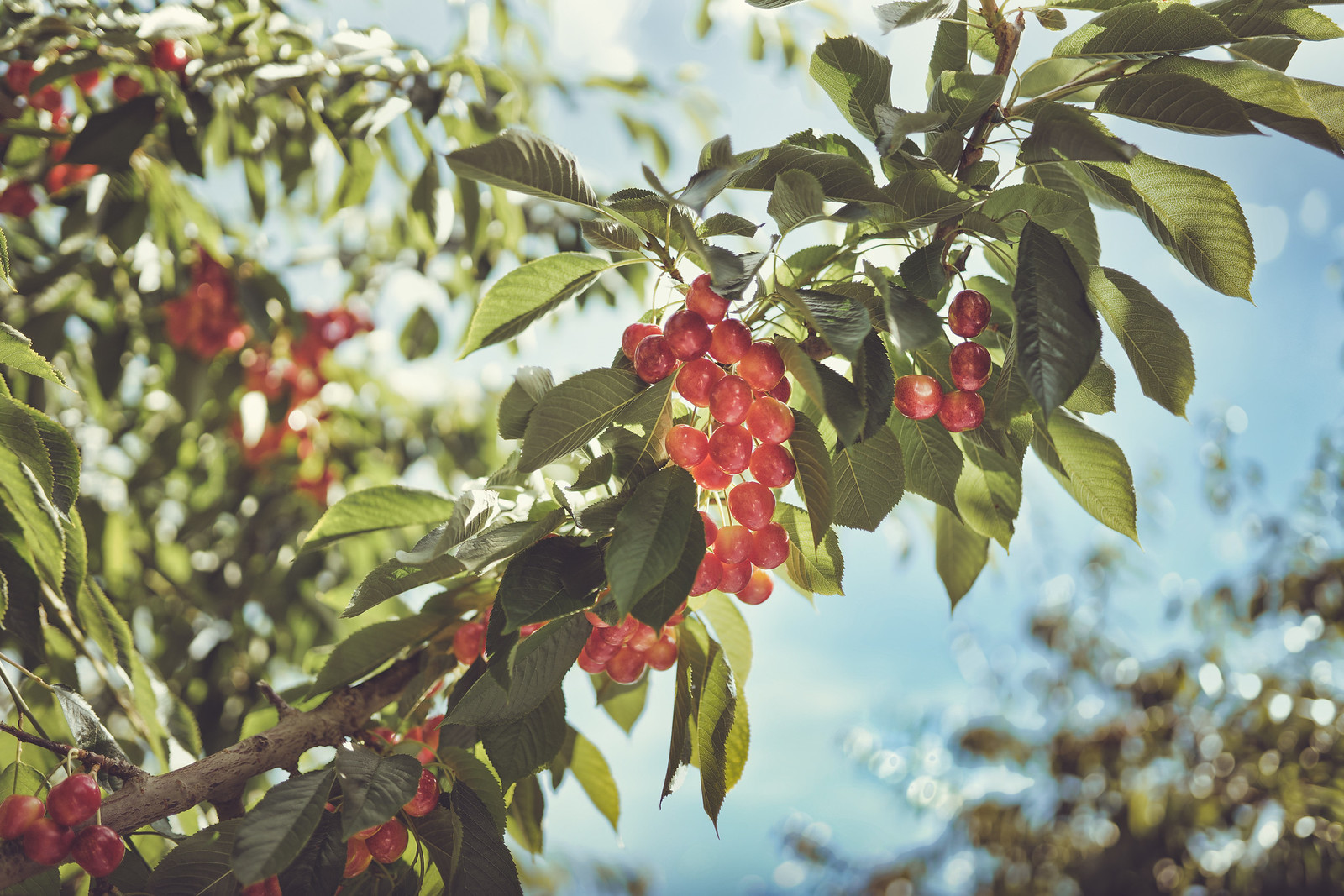Welcome to Blue Book!
Are you ready to join the thousands of companies who rely on Blue Book to drive smarter decisions? View our plans and get started today!
Still have questions? We’d love to show you what Blue Book can do for you. Drop us a line– we’ve been waiting for you.

In this article
There’s no disputing that California is the number-one agricultural producer in the United States and fifth-largest in the world, representing nearly $60 billion in agricultural products sold annually.
And while the San Joaquin Valley is often the first area that comes to mind when it comes to agricultural production, it isn’t the state’s only breadbasket.
Santa Barbara County is another stellar example of the Golden State’s top 10 agriculture-producing counties, with fresh produce dominating its bounty.
The numbers don’t lie—fruits and vegetables account for more than 80 percent of the county’s overall production, generating more $1.8 billion annually.
For more than 20 years, the area has been a prolific producer with strawberries, broccoli, and cauliflower topping the list in terms of value. Other leading crops include Asian vegetables, bell peppers, cabbage, leafy greens, peas, squash, and tomatoes.
“We’ve experienced steady growth, leading to significantly increased plantings for several of our specialty vegetables.”
A Fertile Valley
At the heart of the county’s booming produce industry is Santa Maria. The city is a major hub for all things produce, with fruits and vegetables thriving year-round in the generally temperate climate of the Santa Maria Valley.
Santa Maria-based Babé Farms, Inc. BB #:124467, whose customers include foodservice distributors and high-end retailers, grows more than 70 different varieties of hardy vegetables and seasonal items throughout the year.
Of late, demand for its unique line of specialty and baby vegetables has been soaring, according to Matt Hiltner, marketing manager, who says these products were more popular than ever in 2024.
“We’ve experienced steady growth, leading to significantly increased plantings for several of our specialty vegetables,” he confirms. “This momentum has us optimistic that 2025 will be equally, if not more, successful.”
One example is Pink Rhône Little Gem baby head lettuce, which was launched in the summer of 2024. Initial demand so outpaced supply that the company has expanded its plantings to keep up with orders.
Land, Labor, and Other Challenges
There’s no disputing the beauty and bounty of the Santa Maria Valley region, but erratic weather, high costs, and other challenges continue to take a toll.
In the wake of last year’s uneven season, producers are still optimistic about this year’s crops, though they have tempered expectations.
Denny Donovan, sales manager at Fresh Kist Produce, LLC BB #:164466, is one of them. Fresh Kist sells to retailers, processors, and foodservice customers and grows primarily broccoli, cauliflower, celery, and iceberg lettuce on more than a thousand acres across the Santa Maria Valley.
Donovan says some growers decreased their plantings for 2025. “It’s been a rough winter on California and Arizona growers,” he notes, “and the whole 2024 season before that wasn’t very good on many items.”
Armando Gonzales, general manager and in sales at Santa Maria-based Pea King Produce, Inc. BB #:164652, agrees that 2024 wasn’t the easiest year.
Pea King, which grows and sells a variety of crops in both the United States and Mexico to retail customers, experienced myriad challenges.
Gonzales says heavy rains in Mexico’s growing regions affected crop quality and yield losses but points out the most significant factors in terms of cost have been labor and dwindling acreage for growing.
“Increased labor costs due to shortages and wage increases on both sides of the border continue to have a negative impact on our growing programs.”
“With California being short on housing, much farmland has been lost to real estate developments,” he says. “Increased labor costs due to shortages and wage increases on both sides of the border continue to have a negative impact on our growing programs.”
Not surprisingly, water remains an issue for Santa Maria and other California growers. Drought and water scarcity have strained many farms, as growers look for ways to ensure their crops have the water they need.
“We’re constantly working to find solutions, whether it’s through better water management or exploring alternative water sources,” notes Gonzales.
The Advantages of Technology
One thing that might help ease some of the strain of 21st century farming is technology.
Growers across the country and the Santa Maria Valley are experimenting with high-tech tools to track and monitor crop health, improve quality control, and increase efficiency across all stages of production.
Hiltner is impressed with how advances in technology have improved efficiency and accuracy across the agriculture industry. For its part, Babé Farms is collaborating with a local drone company to improve field monitoring.
“The drones capture high-resolution images and generate reports that provide valuable insights into crop and soil health, allowing for more precise decision-making and resources allocation,” Hiltner says.
Over at Pea King Produce, technology plays a crucial role in the field, packhouse, and warehouse. Gonzalez praises new precision farming techniques, which “help reduce water usage while maximizing crop yields.”
Additionally, he notes, “Automation and robotic systems are helping with sorting, packing, and even inventory management.”
Organics on the Rise
In 2023, according to a Santa Barbara County crop report, there were 15,864 acres spread across 197 registered organic farms in the county.
Strawberries, carrots, grapes (for wine), celery/celeriac, and broccoli represented the top five organic products harvested.
With customer demand for organics steadily increasing, Gonzales says growers have responded with a steady rise in production.
Mirroring the top organic crops in the county, Pea King Produce has dedicated organic acreage for broccoli and celery, as well as green beans, Brussels sprouts, and different types of squash.
“These crops have proven to be in high demand, and our ability to grow them organically allows us to meet consumer preferences for healthier, sustainable options,” he notes.
There is a slight downside, though, as Gonzales admits even with the growth of the organic category, the effects of inflation continue to have an impact on prices.
In a competitive market complicated by Mother Nature’s whims, labor woes, rising prices, and on-again, off-again tariffs, what can a company do to ensure its products stand out in a crowd?
Trends and Innovations
In a competitive market complicated by Mother Nature’s whims, labor woes, rising prices, and on-again, off-again tariffs, what can a company do to ensure its products stand out in a crowd?
Hiltner points to social media. “Our marketing team continues to develop engaging content, including chef collaborations and Instagram reels that showcase creative applications for our specialty vegetables, helping to educate and excite our audience about new items,” he says.
New packaging is another popular way to grab attention.
Fresh Kist, for example, shifted its iced broccoli production into plastic cartons in early 2025 to move away from waxed corrugated cartons. Donovan mentions both durability and cost savings as precipitating the change.
And then there’s sustainability, which continues to see action within the perishables supply chain, from field to retail shelf.
Gonzales is seeing trends toward smaller packaging made from eco-friendly materials and an emphasis on traceability. He also confirms more and more consumers want to know exactly where their food is coming from.
An Eye on the Future
Looking ahead, the mood is guarded yet optimistic, given all the variables in growing and shipping produce.
Donovan says the federal government’s tariff actions have many in the industry worried, even though fruit and vegetable imports from Mexico and Canada are safe for the time being.
“We bring in many products from Mexico on a daily basis to support our product line, and our broccoli and cauliflower shipments from California to Canada are a big piece of our business,” he notes.
Gonzales expects the ongoing labor, water, and climate issues to continue.
“To adapt, we’re focused on investing in technology, improving water management practices, and diversifying our product offerings,” he says. “Flexibility and innovation will be key as we navigate these challenges.”










